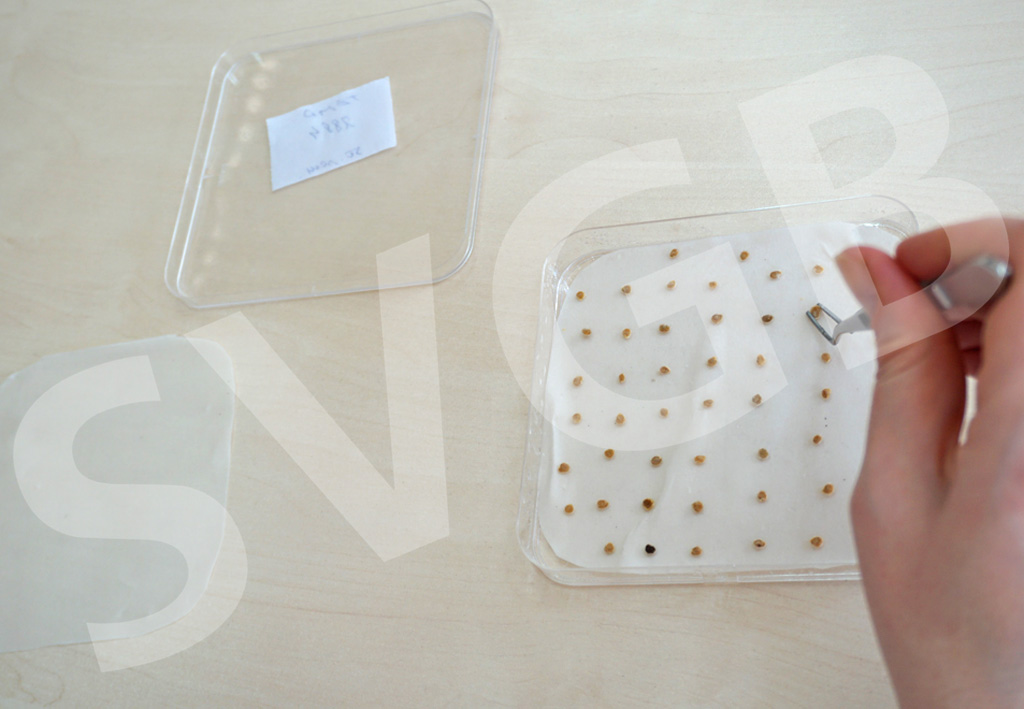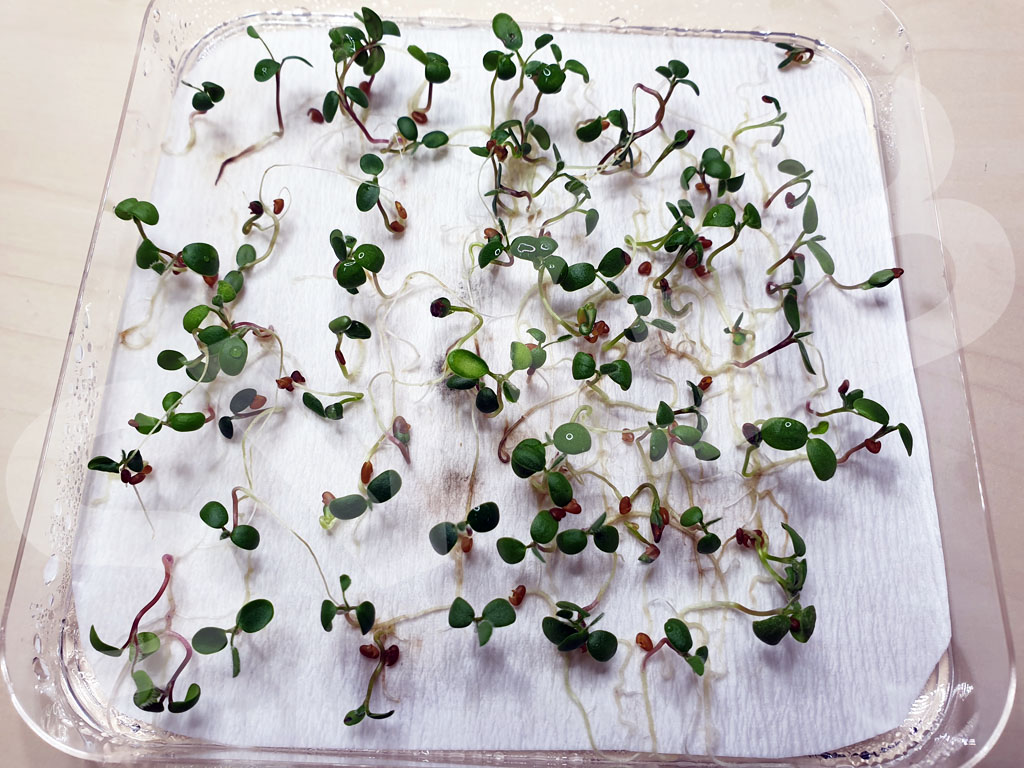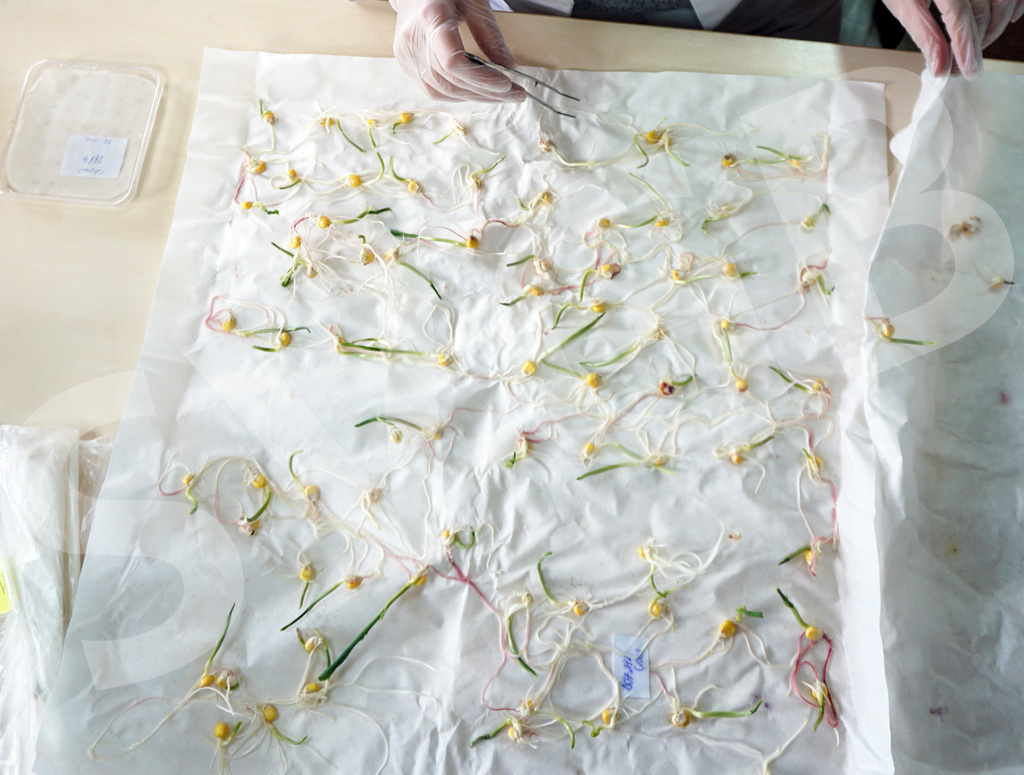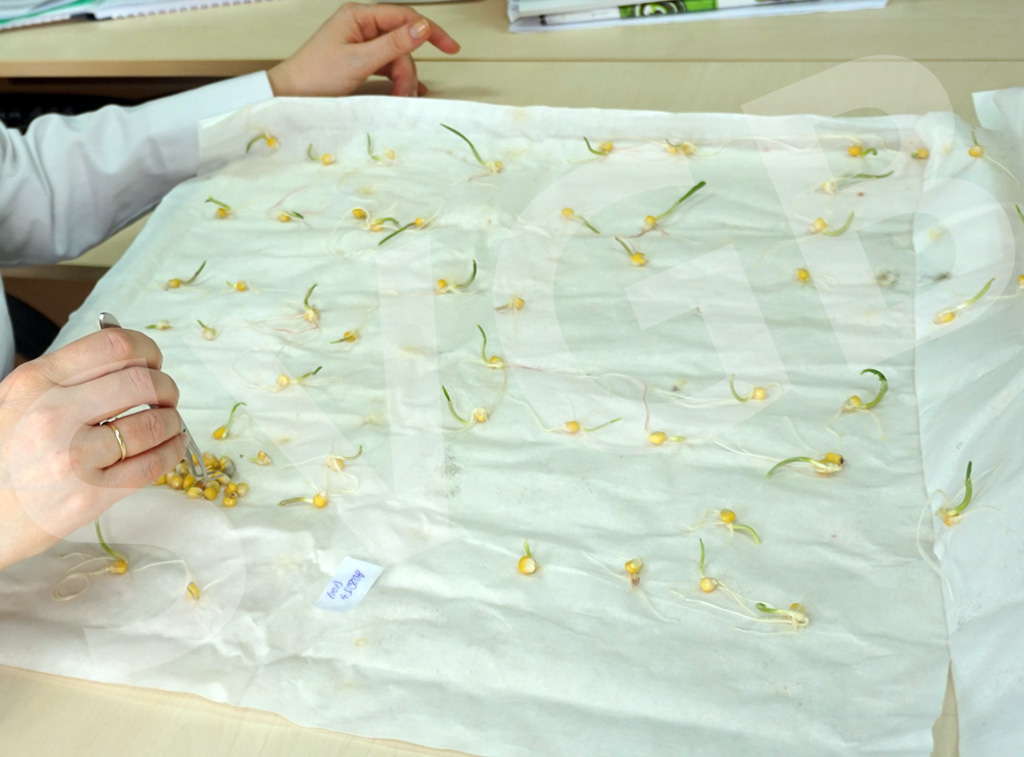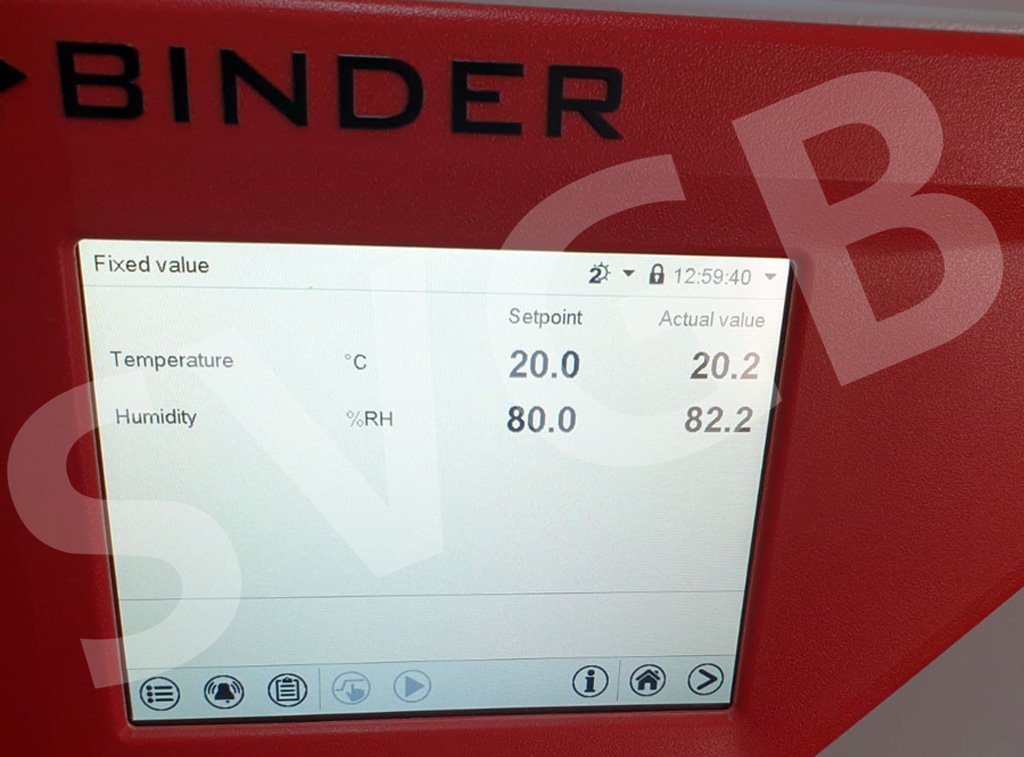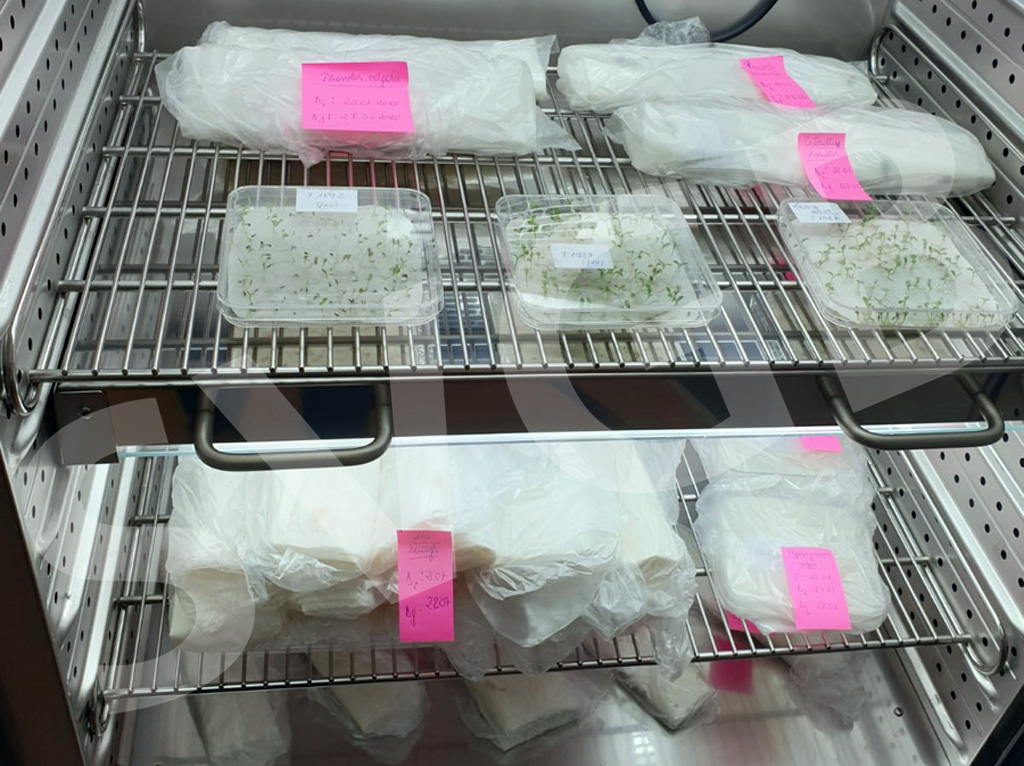A key goal in managing ex situ conserved seed collections in Gene Banks is to keep the seeds alive. The seeds must be kept in a condition in which they remain viable for as long as possible and must be regenerated before they lose their ability to germinate. Therefore, seed viability needs to be monitored to guide timely regeneration.
A key aspect of gene bank management is monitoring seed viability, usually through a germination test. A low percentage of viability triggers the regeneration of a genotype, to ensure both the genetic diversity of the collections and the availability of seed samples for distribution, research and breeding.
At the beginning of storage, the viability of the seeds decreases slower, but after a longer period of storage the rate of decrease is much faster. Seeds with a high initial viability will meet germination standards for a longer period of time. Monitoring the quality of stored material and signaling the moment of decline prevent excessive damage and loss of genetic material.
Photo 1. Germination test by TP method on samples of Solanum lycopersicum L. | Photo 2. Germination test by TP method on samples of Trifolium pratense L. |
Photo 3-4. Germination test by BP method on samples of Zea mays L. | |
Photo 5-6. Climatic plant growth chamber with temperature, humidity and light programming | |



